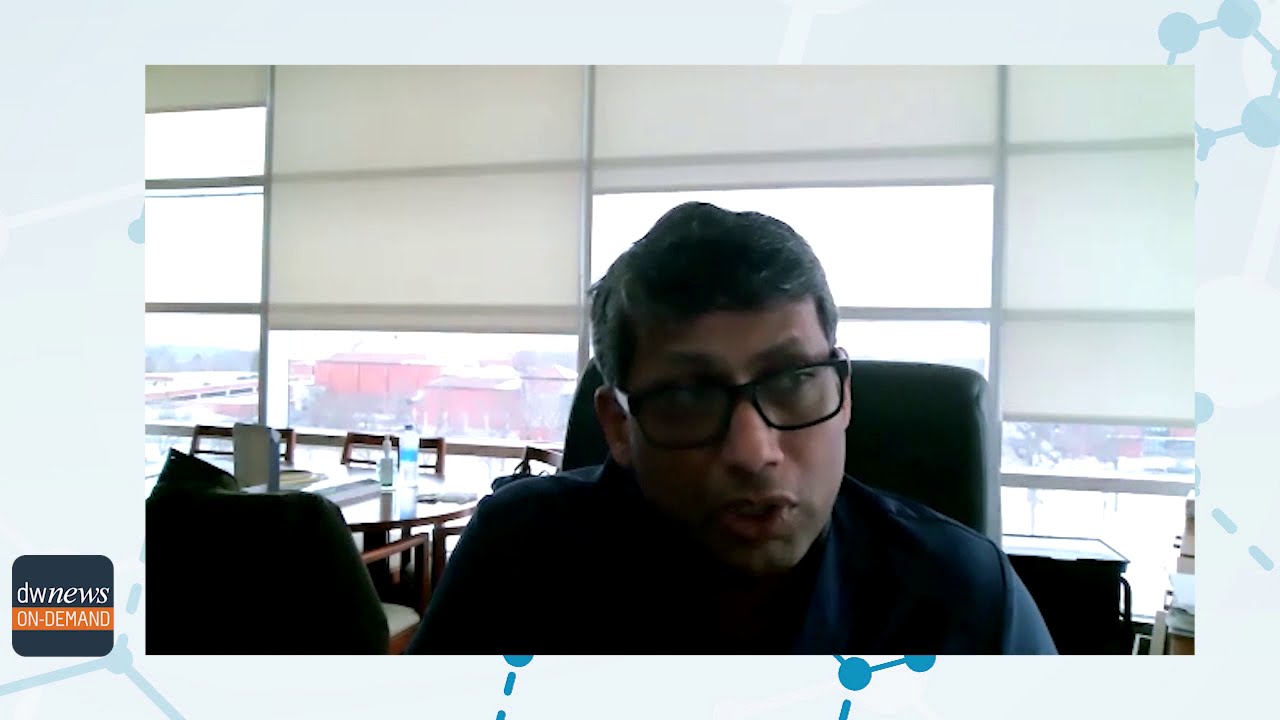
A fixed-duration venetoclax (Ven)-based regimen is considered a standard of care (SOC) option for patients with frontline and relapsed/refractory (R/R) chronic lymphocytic leukemia (CLL). With Ven-based regimens now considered SOC, it’s more likely that patients will progress after Ven exposure, necessitating further CLL-directed therapy. However, data are limited on Ven retreatment. A study that was presented at the 62nd ASH Annual Meeting & Exposition assessed whether Ven retreatment was an acceptable option for patients with CLL.
Patients with CLL treated with a Ven-based regimen (Ven1) who were then retreated with a second Ven-based regimen (Ven2) in a later line of therapy (LOT) were retrospectively reviewed. Data collection included demographics, prognostic disease characteristics, tumor lysis syndrome (TLS) risk and incidence, clinical response, and reasons for treatment discontinuation. The main outcome was investigator-assessed overall response rate (ORR; including complete response [CR], partial response [PR], stable disease [SD], and progression of disease [PD]).
Twenty-five patients underwent Ven retreatment. The median prior LOT was two (range, 0-10 LOT); 12% of patients were treatment-naïve, and 60% had prior exposure to a Bruton’s tyrosine kinase inhibitor. Most patients had at least one high-risk prognostic marker, including del(17p) (39%), TP53 mutation (27%), complex karyotype ≥5 abnormalities (30%), and unmutated immunoglobulin heavy chain variable (84%).
For Ven1, the median duration of exposure was 15 months, and the ORR was 88% (CR, 48%; PR, 40%). Minimal residual disease (MRD) assessments were performed in 10 patients, of whom eight achieved undetectable MRD. The most common reasons for Ven1 discontinuation were toxicity (28%), completion of planned therapy (24%), physician/patient preference (24%), other (12%), allogeneic hematopoietic cell transplantation (4%), and cost (4%).
The median time between Ven1 and the start of Ven2 was 8.7 months; most patients did not receive another LOT in between Ven therapies (88%). Patients initiated Ven2 either due to disease progression (87.5%) or MRD-positive relapse (12.5%). TLS only occurred in 4.5% of patients during Ven2. The most common Ven2 regimen was monotherapy (52%).
At the time of data analysis, response assessments for Ven2 were available for 18 patients. ORR was 72.2% (CR, n=4; PR, n=9; SD, n=4; and PD, n=1). The median time from Ven2 to progression or last follow-up was eight months, and median progression-free survival (PFS) was not reached, but estimated 12-month PFS was 69.1%. Patients with a CR to Ven2, compared with those with PR or SD, had a median follow-up time of 14.5 months versus seven months, respectively. Of the 25 patients who received Ven retreatment, 68% were still on it at the time of analysis. Among those who discontinued Ven2 (32%), the reasons were CLL progression (n=4), completion of planned therapy (n=1), unrelated death (n=1), and physician/patient preference (n=1).
“The high ORR in this [patient] population (median, two prior therapies) suggests that retreatment is a promising strategy and should be considered in treatment sequencing algorithms,” the study authors concluded.







 © 2025 Mashup Media, LLC, a Formedics Property. All Rights Reserved.
© 2025 Mashup Media, LLC, a Formedics Property. All Rights Reserved.